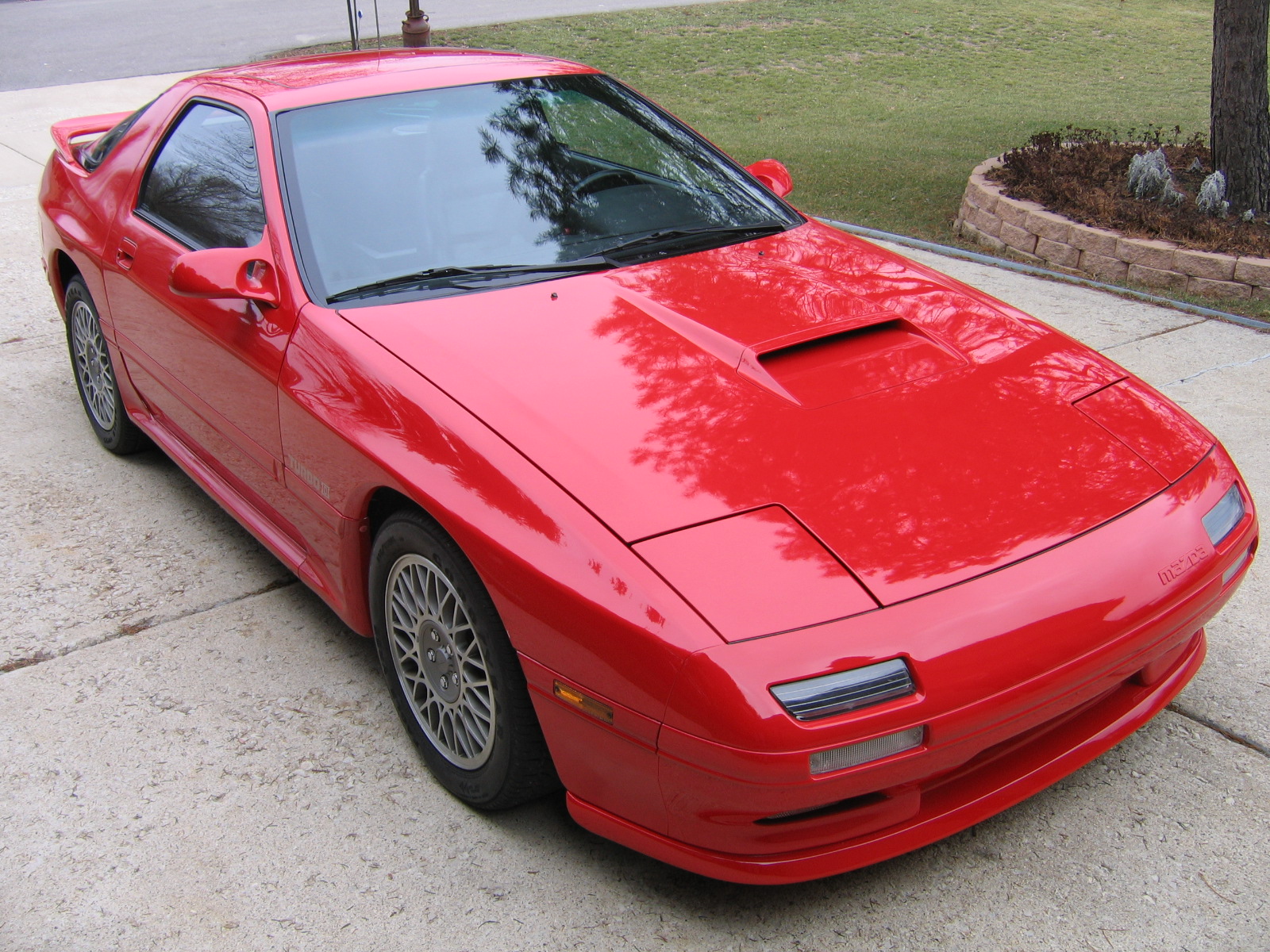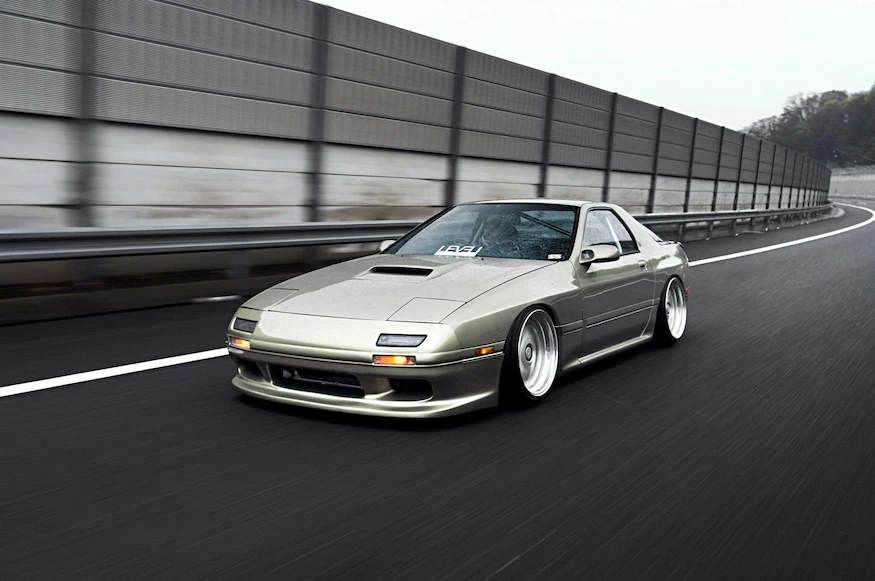 rx7
rx7 engine
series 4,5
series 4,5
series 6,7,8
rx7
rx7 engine
series 4,5
series 4,5
series 6,7,8
Series4
In the late 1970s when Mazda whipped the covers off their latest rotary weapon, the RX-7, it was clear the design recipe was following in the footsteps of the original Datsun 240 zed car. A smallish two-door coupe with a long bonnet, short tail, rear hatch, front engine and rear drive with driver and front passenger placed with a rearward bias. When the time came to replace the much-loved Series III RX-7 in 1986, Mazda was looking at new frontiers with the Porsche 944 in its sights.
To start with the Series 4 RX-7 was a completely new design, with a ‘Euro-style’ body, as Mazda called it. Gone was the almost delicate silhouette of the first three RX-7 series and in its place a substantially bulkier looking car and while the dimensions weren’t dissimilar to the previous generation car, it tipped the scales at 1270kg a whopping 175kg more.
Series 5
Switching to Mazda’s 13B rotary engine delivered a 22 percent torque boost, with 182Nm arriving at 3000rpm. The new car also ran cooler and offered better economy. Fuel injection became standard and incorporated two-stage fuel delivery with a microprocessor. The vibration and resonance issues that plagued early rotaries were reduced by introduction of revised engine mounts.
